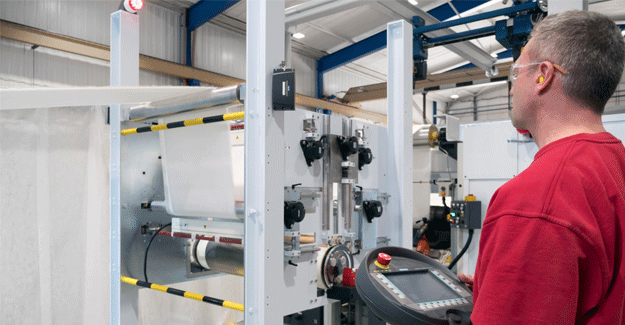Oerlikon Neumag To Present Electrostatically Charging Unit For Nonwovens At Index 2017
Oerlikon Neumag To Present Electrostatically Charging Unit For Nonwovens At Index 2017

Oerlikon Neumag plans to premiere its newly-developed concept for electrostatically charging meltblown nonwovens at the Index 2017 in Geneva, the company has announced. The new in-line charging unit differs from other concepts currently available on the market as a result of its high level of flexibility when charging the most diverse nonwoven products, particularly in the case of nonwovens with lower basis weights and tenacities.
Users can set the optimum charging condition depending on the filter application. High wrapping angles at the guide rollers ensure optimum charging, which can be carried out on both sides, positive and negative. Laboratory trials have shown that – in conjunction with the Oerlikon Neumag meltblown technology – the Oerlikon Neumag charging unit can also be used to manufacture EPA- and HEPA-class filters. To this end, an H14-class filter with an efficiency of 99.995% was produced with an overall pressure loss of less than 100 Pa.
Oerlikon Neumag meltblown technology is one of the most efficient methods to produce very fine and highly-separating filter media made from plastic fibres. Depending on the application, the pore size of a meltblown nonwoven material ranges from 5 to 40 µm. Here, smaller pores increase the mechanical filtration performance, albeit at the expense of higher pressure losses. The fineness of the meltblown fibers used for filter media lies in the 200 to 2,500 nm range.
However, even fibres with nanoscale fineness are often not sufficient to separate the finest particles from air or liquid flows. Electrostatically charging filter media can significantly and inexpensively improve the filter performance without increasing the throughput resistance.



 textileexcellence
textileexcellence 







